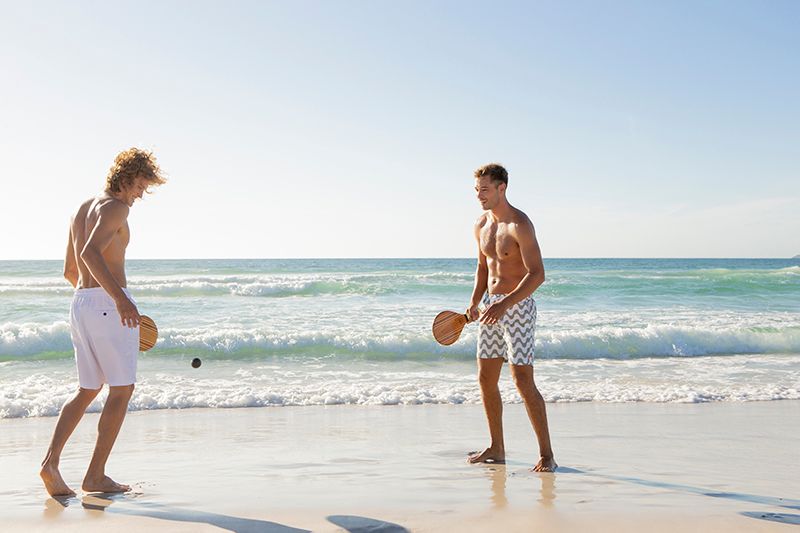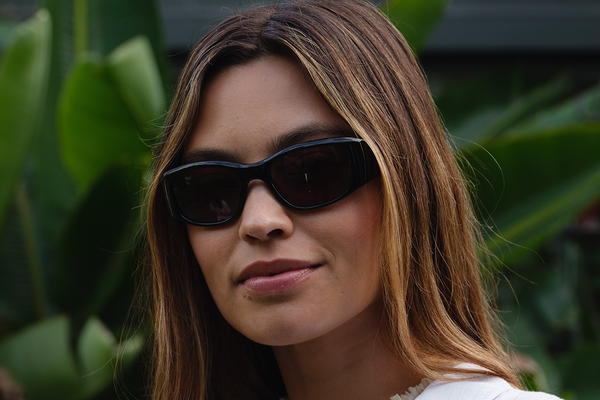Even if you’ve never had the pleasure of lounging on its sandy beaches or sipping on a freshly crafted Caipirinha, it’s easy to see why Brazil is often affectionately called “California’s South American cousin.” Both locales are world famous for their natural beauty, mellow atmosphere, and innate inventiveness. California, via surfing, brought the excitement of riding waves inland with skateboarding. Brazil did the same thing — but with tennis and in the opposite direction — (from the land to the beach) with Frescobol.


Frescobol, whose intriguing name translates to “freshness ball,” was born in 1945 when an enterprising architect named Lian Pontes de Carvalho endeavored to reinterpret tennis and other racquet-based sports for Brazil’s beach environments. The idea was to invert the competitiveness of tennis — where you make it hard for your opponent to return the ball — and turn it into a fun and collaborative game where you and a partner team up to create as long a volley as you can. There are no winners or losers, the only goal is to commit to not letting the ball fall.

Lian’s first attempts at bringing his dream to life were not at all fancy. Early frescobols were literally tennis balls with their fuzzy exteriors removed. It would be another ten years before Brazilian players got an upgrade via imported racquetballs. As for the racquets, they required a craftsmens’ approach to durability, as well as an artist’s eye for which varnishes and wood finishes would work best for catching the attention of fellow beachgoers. Like early surfboards, they were made from the scraps of construction sites and transformed into subcultural status symbols.
Within a few short years of its invention, Frescobol quickly became a hit. From the 1950s through the 1990s, however, it existed in a sort of grey area halfway between an informal game enjoyed amongst friends and a recognized competitive athletic pursuit with its own rules and organizations. Everything changed in 1994 when Frescobol was established as a competitive sport with the creation of the First Brazilian Circuit of Frescobol. Previous to the organization being set up it was more of a regional pick up game, with rules and procedures varying city to city and even beach to beach. This made for some very disgruntled players, as visiting groups never knew if their hosts were bending the rules for their own benefit. Today, players can choose how seriously they want to take the game, with most choosing to follow a laid-back approach to the sport, not unlike how Californians and Brazilians approach pretty much everything.
In designing our new Rio California collaboration with London/Brazilian-based brand FRESCOBOL CARIOCA we wanted to show how beach culture could be reinterpreted through a lens of technical craftsmanship and timeless design.


The Rio California capsule collection, which includes three exclusive sunglasses, an embroidered bucket hat, two long sleeve graphic tees, a pair of graphic shorts, a woven terry cloth beach towel, and two Brazilian hardwood beach bats and an orange ball with a custom leather and canvas, is perfect for creating your own beachside bliss, no matter where the adventure takes you.
Maybe the distance between Ipanema and Venice Beach isn’t so great after all.



